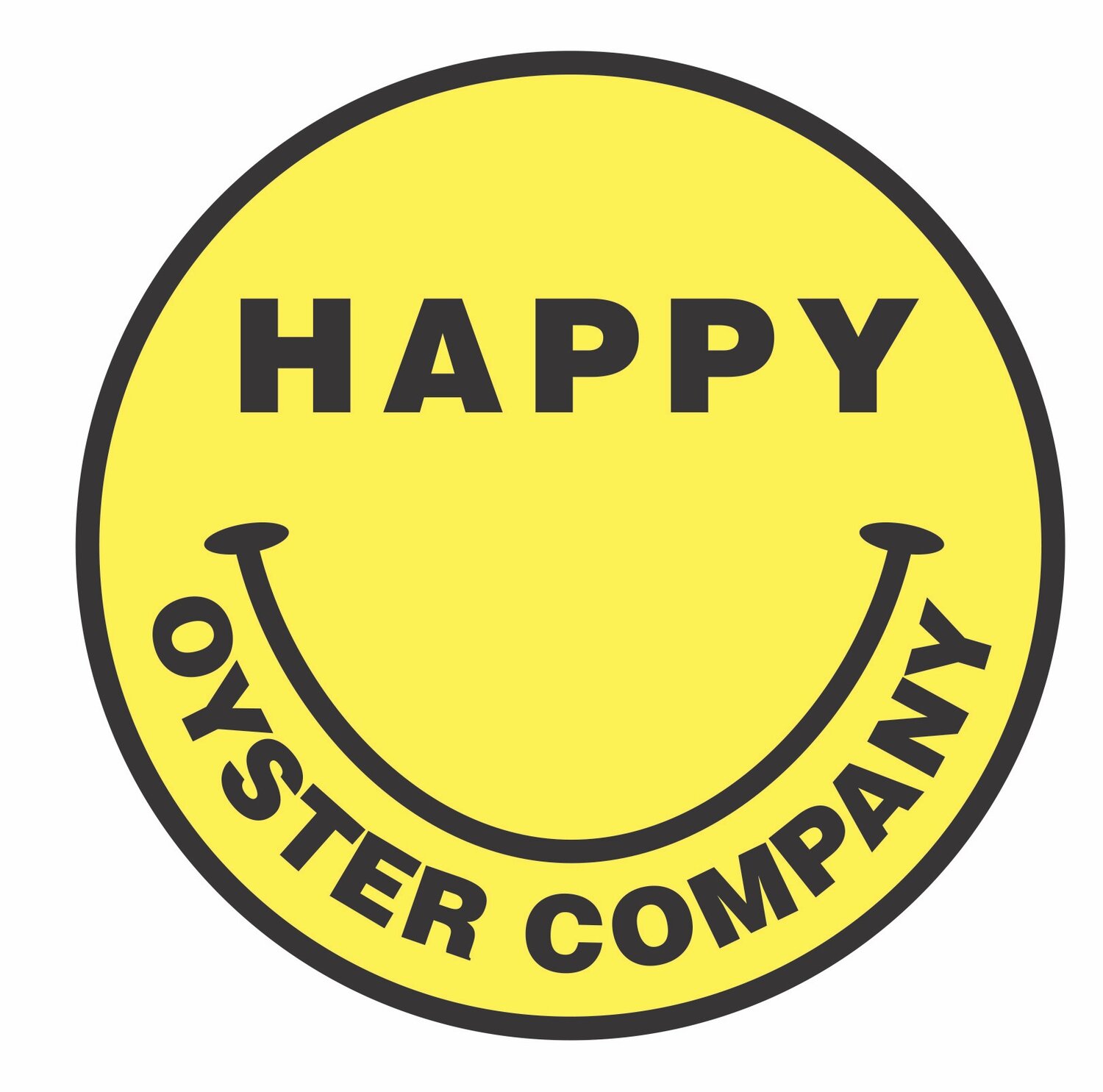Cold, Clean & Logged In
We had our first inspection as a New York shellfish shipper and processor last week, in February, 2021. And we passed with flying colors, courtesy of Skipper T.
There’s always room to improve, though, and the inspector did find one thing for us to do better.
We knew the NY Department of Environmental Conservation inspector was headed our way a few days before he arrived. We were kind of surprised, because our operation underwent a detailed examination a couple months ago, in December, 2020, when we were going for our shellfish processing permit. Now that we have it, we also know this: Every Class B shellfish Shipper & Processor Permit holder in New York is subject to examinations four times a year. Not quarterly. It’s whenever the inspector wants.
We have a lot of fun working the bay waters. But once our Happy Oyster Co. SMILES, along with all the other Long Island oysters we may sell, are on land, there’s a heap of detailed paperwork and records to keep.
Oysters are all about the cold chain. They’re alive when they come out of the water and they must be kept cold at the right temperature if they’re going to stay alive until they’re opened.
And if that means documenting one more temperature check, well, God bless my wife, Skipper T.
Thanks to her diligence, our business maintains fully detailed compliance logs in accordance with DEC record-keeping regulations for a Class B shellfish processor permit.
For us, it means four three-ring binders of logging forms that must be filled out and maintained with who, what, when, where, what time, and how: Harvesting must be documented the day of the harvest and at the site where the oysters are harvested. Temperatures must be recorded again and yet again.
We do another temperature check right before the oysters are landed at our processing facility. That pre-entry temperature is recorded in the shipping and receiving log. And that’s where we had a violation. Right there, in the S&R log.
Toni and I, we’re a team. We both thought the harvest log was OK and this (the shellfish receiving log) was a little redundant. Now, we’ve changed our thoughts and our logging. We enter a temperature check in the harvesting log and another temperature check in the shellfish receiving log when the haul reaches our processing facility. That S&R log stays in the truck to ensure quality and safety temperature compliance.
Since we’re dealing with food, this is all part of our sanitation monitoring checklist for the DEC. On the days we have oyster product inside the cooler of the cleaning room, everything must be recorded. Everything! Water safety; prevention of cross-contamination; maintenance and a lot more. We have to record the am and pm temperatures on those days we have shellfish.
DEC requires a written hazard analysis and hazard control plan, plus logs for harvest, sanitation monitoring; receiving, and shipping. That’s four handwritten logs chronicling the land-life of every oyster we handle. All of these checklists must be taken 100%. You’ve got to have all your systems in place. And then you let it rip. And that takes teamwork.
DEC’s inspector is a little like that friend or relative who likes to drop on short notice. So, we won’t know when our next shellfish inspection is until the last minute. And that’s fine. I want to be in total compliance.
Don’t Wreck Her Logs S4E10 YouTube Live

